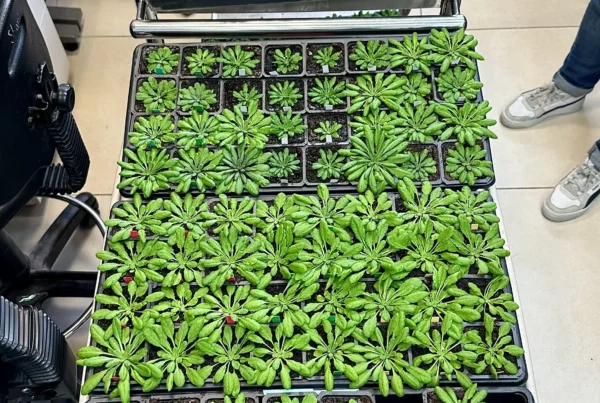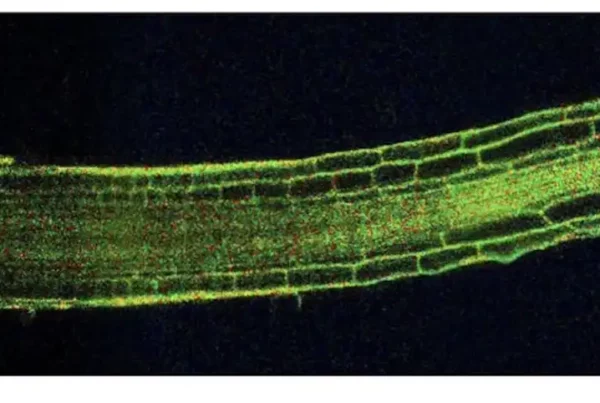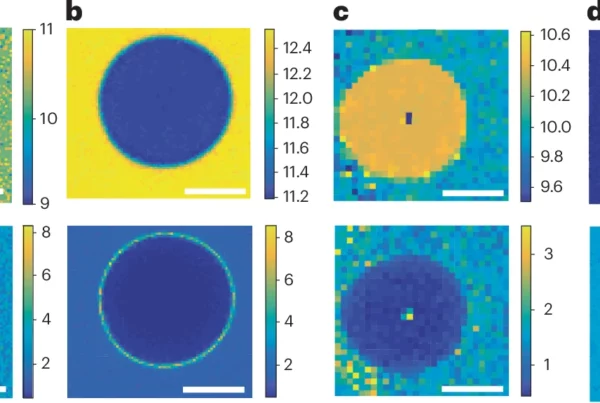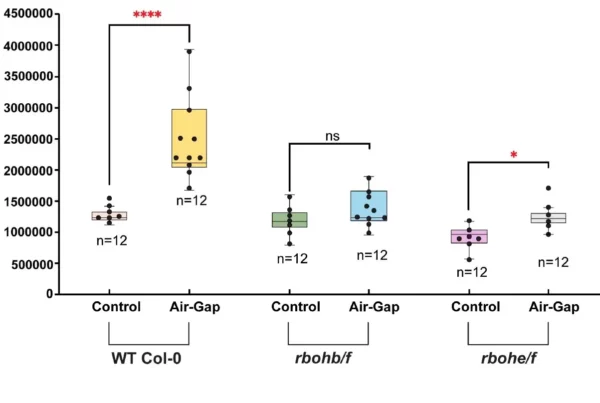Hydrosensing Project
Discovering How Plants Sense Water Stress
The Hydrosensing Project Team is on a mission to transform our understandingof how plants sense and respond to water availability. We aim to uncover the mechanisms plants use to perceive water stress, a key factor in their survival and productivity.
By combining cutting-edge genomics, structural biology, biophysics and imaging approaches, we strive to revolutionize crop resilience and pave the way for climate-proof agriculture.
Join us as we explore new frontiers in plant science, working towards a future where crops are better equipped to withstand the challenges of a changing climate.
Publications
Journal articles and preprints by the Hydrosensing project

In defense of funding foundational plant science
Joanna D Friesner, Cristiana T Argueso, Wolfgang Busch, Thorsten Hamann, Lucia Strader, Mary Williams, Shuang Wu, Adrienne H K Roeder, In defense of funding foundational plant science, The Plant Cell, Volume 37, Issue 5, May 2025, koaf106, https://doi.org/10.1093/plcell/koaf106

The mechanical properties of Arabidopsis thaliana roots adapt dynamically during development and to stress
Alonso Baez, L., Bjorkoy, A., Saffioti, F., Morghen, S., Amanda, D., Ticha, M., ... & Hamann, T. (2025). The mechanical properties of Arabidopsis thaliana roots adapt dynamically during development and to stress. bioRxiv, 2025-07. https://www.biorxiv.org/content/10.1101/2025.07.29.667350v1

Consensus statement on Brillouin light scattering microscopy of biological materials
Bouvet, P., Bevilacqua, C., Ambekar, Y., Antonacci, G., Au, J., Caponi, S., ... & Elsayad, K. (2025). Consensus statement on Brillouin light scattering microscopy of biological materials. Nature Photonics, 19(7), 681-691. https://doi.org/10.1038/s41566-025-01681-6

Redox-regulated Aux/IAA multimerization modulates auxin responses
Roy, D., Mehra, P., Clark, L., Mukkawar, V., Bellande, K., Martin-Arevalillo, R., ... & Sadanandom, A. (2025). Redox-regulated Aux/IAA multimerization modulates auxin responses. Science, eadu1470. https://www.science.org/doi/10.1126/science.adu1470


